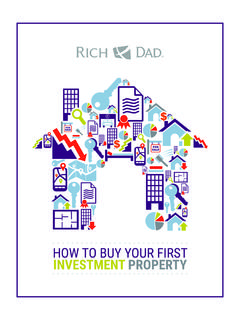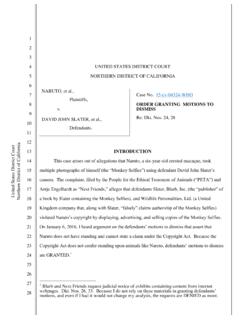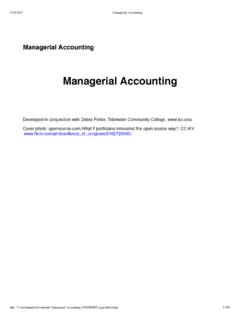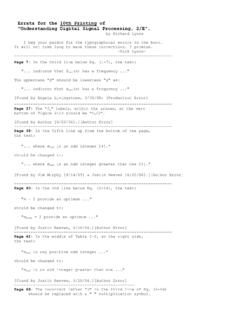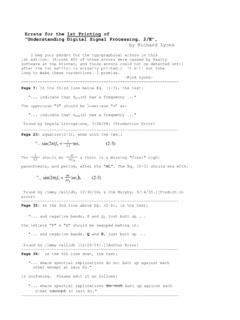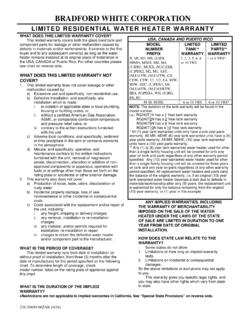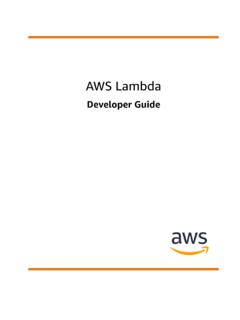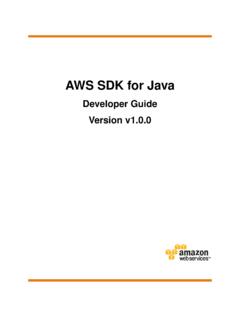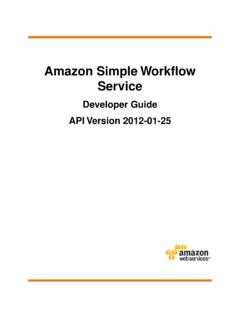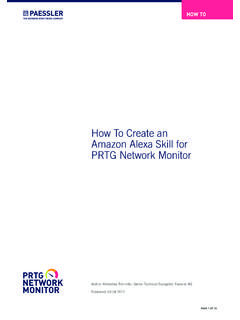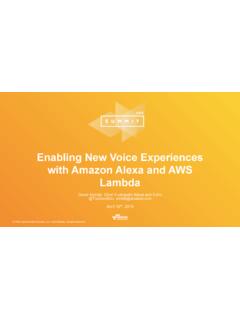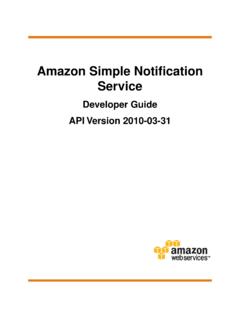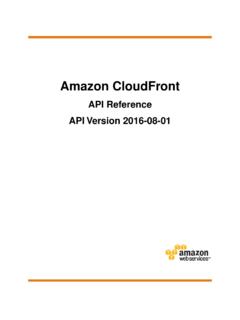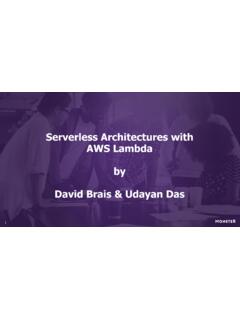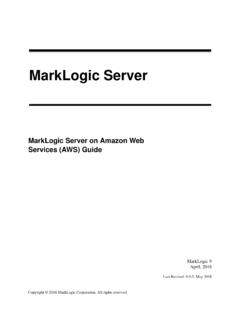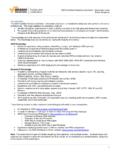Transcription of AWS WAF Security Automations - Amazon S3
1 AWS WAF Security Automations AWS Implementation guide Heitor Vital Lee Atkinson Ben Potter Vlad Vlasceanu September 2016. Last updated: January 2018 (see revisions). Amazon Web Services AWS WAF Security Automations January 2018. Contents Overview .. 3. Cost .. 4. Protection Capabilities .. 5. Architecture Overview ..6. Deployment Considerations ..8. AWS WAF Limits ..8. Web ACL Rules ..8. IP Match Conditions ..8. AWS Regions and Multiple Deployments ..8. Cross-Site Scripting False AWS CloudFormation Templates .. 10. Automated Deployment.
2 10. Prerequisites .. 10. Configure a CloudFront Distribution .. 10. Configure an Application Load Balancer ..11. What We'll Cover ..11. Step 1. Launch the Stack .. 12. Step 2. Modify the Whitelist and Blacklist Sets (Optional).. 14. Step 3. Embed the Honeypot Link in Your Web Application (Optional) .. 14. Create a CloudFront Origin for the Honeypot Endpoint .. 15. Embed the Honeypot Endpoint as an External Link .. 16. Step 4. Associate the Web ACL with Your Web Application .. 16. Step 5. Configure Web Access Logging .. 17.
3 Store Web Access Logs from a CloudFront Distribution .. 17. Store Web Access Logs from an Application Load Balancer .. 17. Additional Resources .. 18. Appendix A: Component 19. Appendix B: Collection of Anonymous Data ..22. Send Us Feedback ..23. Document Page 2 of 23. Amazon Web Services AWS WAF Security Automations January 2018. About This guide This implementation guide discusses architectural considerations and configuration steps for deploying the AWS WAF Security Automations solution on the Amazon Web Services (AWS).
4 Cloud. It includes links to AWS CloudFormation templates that launch, configure, and run the AWS Security , compute, storage, and other services required to deploy this solution on AWS, using AWS best practices for Security and availability. The guide is intended for IT Managers, Security Engineers, DevOps Engineers, Developers, Solutions Architects, and Website Administrators. Overview AWS WAF is a web application firewall that helps protect web applications from common web exploits that can affect application availability, compromise Security , or consume excessive resources.
5 AWS WAF enables customers to define customizable web Security rules, giving them control over which traffic to allow or block to web applications deployed on Amazon CloudFront or with an Application Load Balancer. Configuring WAF rules can be challenging and burdensome to large and small organizations alike, especially for those who do not have dedicated Security teams. To simplify this process, AWS offers the AWS WAF Security Automations solution, which automatically deploys a single web access control list (web ACL) with a set of AWS WAF rules designed to filter common web-based attacks.
6 During initial configuration of the solution's AWS. CloudFormation template, users specify which protective features to include, as depicted in the image below. After the solution is deployed, AWS WAF will begin inspecting web requests to their existing CloudFront distributions or Application Load Balancer, and block them as applicable. Figure 1: Configuration of the AWS WAF web ACL. The information in this guide assumes working knowledge of AWS services such as AWS. WAF, Amazon CloudFront, Application Load Balancers, and aws lambda .
7 It also requires basic knowledge of common web-based attacks, and mitigation strategies. Page 3 of 23. Amazon Web Services AWS WAF Security Automations January 2018. Cost You are responsible for the cost of the AWS services used while running this solution. There is no additional cost for deploying the automated solution. As of the date of publication, the cost for running this solution with default settings in US East (N. Virginia) is approximately $ per month in fixed AWS WAF charges ($ for one web ACL and $ for each of the nine rules) plus $ per million web requests in combined, variable charges (this includes AWS WAF request charges, aws lambda , Amazon S3, and Amazon API Gateway charges).
8 This does not include costs incurred from Amazon CloudFront, Application Load Balancers, or other existing resources. The following table gives estimated monthly pricing based on number of web requests. Web Requests Cost/Month 1 million $ 50 million $ 100 million $ These pricing projections are subject to change and vary with the solution features that are activated. For full details, see the pricing webpage for each AWS service you will be using in this solution. Page 4 of 23. Amazon Web Services AWS WAF Security Automations January 2018.
9 Protection Capabilities Web applications are vulnerable to a variety of attacks. These attacks include specially crafted requests designed to exploit a vulnerability or take control of a server; volumetric attacks designed to take down a website; or bad bots and scrapers programmed to scrape and steal web content. This solution leverages AWS CloudFormation to quickly and easily configure AWS WAF rules that help block the following common attacks: SQL injection: Attackers insert malicious SQL code into web requests in an effort to extract data from your database.
10 This solution is designed to block web requests that contain potentially malicious SQL code. Cross-site scripting: Also known as XSS, attackers use vulnerabilities in a benign website as a vehicle to inject malicious client-site scripts into a legitimate user's web browser. This solution is designed to inspect commonly explored elements of incoming requests to identify and block XSS attacks. HTTP floods: Web servers and other backend resources are at risk of Distributed Denial of Service (DDoS) attacks, such as HTTP floods.
